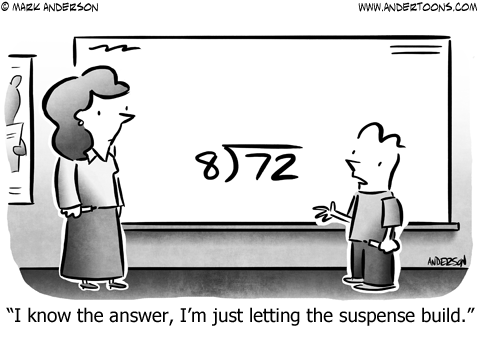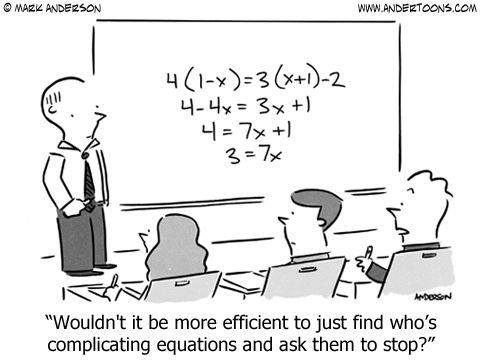10 basic terms illustrated by important rules
In the 1980s, American A&W attempted to capitalise on the success of the popular McDonald’s Quarter Pounder. They introduced a third-pound burger with more meat at a lower cost.
The product failed. The reason? Most customers thought ¼ pound was bigger.
Being a person who is 100% into humanities (meaning that I just don’t have any technical background), I am sure that a successful freelancing career means being on good terms with maths and logic.
I do have plans for a post on logic in the translation industry, but today it’s math and math terms I’m going to dwell on.
 1. Axiom
1. Axiom
The fundamental truth of the freelancing theory.
After you talk to 10 new potential clients, only five will call back. Three will be ready to give your first joint project a try. One will have decent budgets and long-term projects. One of every 10 new people will turn out to be unreasonable. (If you are lucky, not the one with the budget.)
2. Addition
For every client representative who is going to approve your work, feel free to add 12% to the total project budget. (Add 20% for every relative.)
3. Deduction
The next day after you finally get your payment for a large project, your efficiency will drop at least 87%.
4. Multiplication
It takes no less than 30 days from the first contact with a potential client to getting any payment, even a minor, from them. Yes, even if they pay in advance. They are simply unable to make decisions faster. In case you are in a desperate need for money, multiply this time by 1.5.
5. Division
To get your hourly rate, start with assessing the desirable annual income. Divide it by 2,000. Ponder over monthly expenses and divide by 160. Add the numbers. Or just pick up any random rate and see what happens.
6. Division with a remainder
As soon as you find yourself hesitating when discussing the project budget, your fee drops by 1/6 immediately. Clearing your throat? You are working for your minimal rate, and the rest remains for your client.
7. Fractions
Three out of every four. These are your clients after discussing your terms. The rest (and probably many more) will tell you that you’re too expensive. If you are able to land every job that comes your way, you are a negotiation genius or your rates are too low. Either way, you’ve got to charge more.
8. Proportion
After completing a $1000 project, you feel you are tired and maxed out worth $1000. After a $300 project, you feel like… well, it’s about the same.
9. Equations
To figure out the turnaround for a project, calculate the time based on your current load and productivity. Add 10%. Double it. Throw out the result and recalculate—you’ll get it wrong again. If you think you’ll handle it quicker, then you forgot something. Or the client won’t like it.
BONUS. An advanced math term.
10. Probability
Regardless of the agreed term for the project delivery, two days will always be lost. If you are already lagging behind the schedule, there is a high probability it’s three days.
Take your calculations seriously!
Click to tweet: [inlinetweet prefix=”” tweeter=”” suffix=”via ol_zaytseva”]Engaging math for freelancers in ten basic terms[/inlinetweet]














